My partner will devour beets any old way, whether that’s in a bitter pickled version or a creamy cold soup.
Me? I adore these root veggies, but I have to admit, I like some better than others. I prefer mine candy-sweet, maybe roasted and tossed with some blue cheese and walnuts.
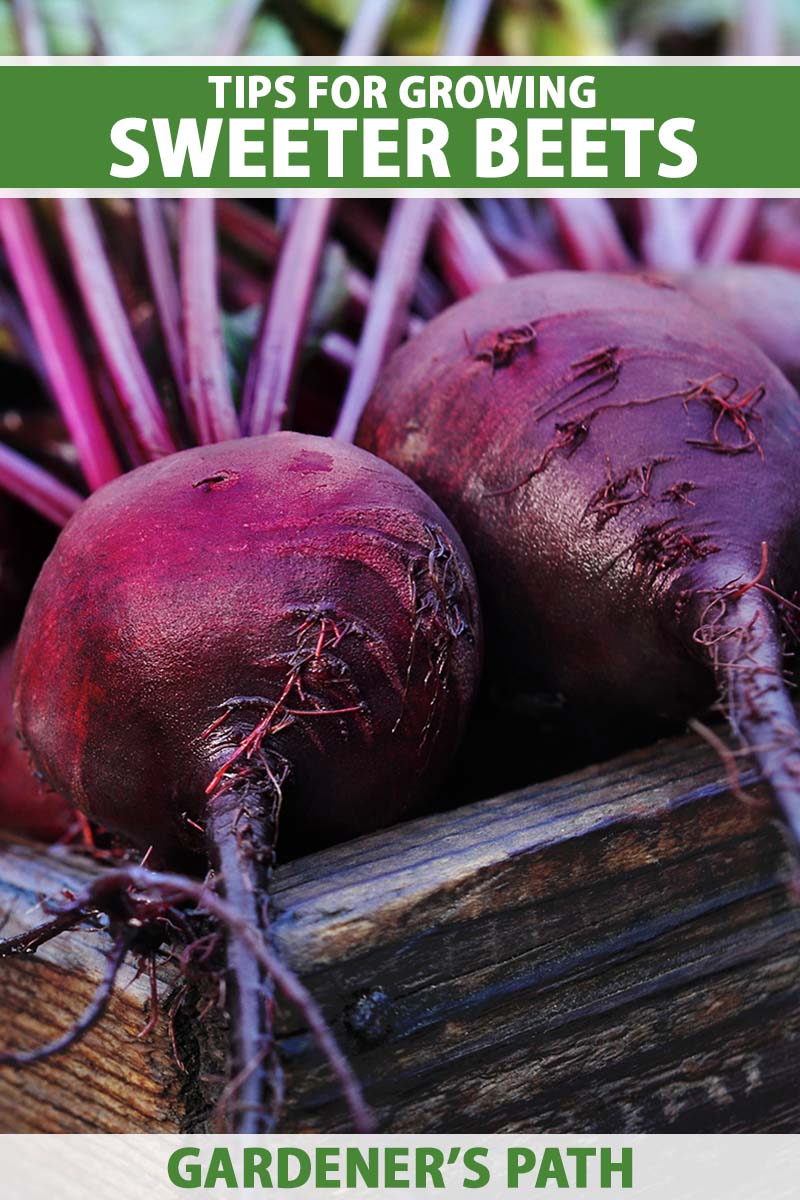
We link to vendors to help you find relevant products. If you buy from one of our links, we may earn a commission.
When I first started growing these marvelous roots, I noticed that some were more appealing to my palate than others from one year to the next, even when I was growing the same cultivar.
That’s when I set out on a journey to discover what makes them so marvelous one year and just average in another.
It turns out, there’s a lot you can do to influence how your roots taste.
Choosing the right cultivar is a big part of the process, but soil quality, fertilizer, temperature, and the time of year in which you grow beets can all impact their flavor.
Ready to make some garden magic? Here are the topics we’ll talk about:
What You’ll Learn
Whether you love beets already or you’re just looking for a way to make them more palatable for yourself and your family, get ready to grow the tastiest roots you’ve ever had!
And by the way, if you need a refresher on how to grow beets, check out our guide.
Why Are Some Vegetables Sweet?
Before we dive into the mechanics, it helps to understand why some vegetables taste sweeter than others.
We’ve all bitten into a sugary-sweet carrot that seems like it must have been candied, and we’ve probably all had carrots that seem closer to a potato in terms of their texture and flavor.
Kale, cabbage, Brussels sprouts, and turnips all do the same thing, varying from sugary sweet and juicy to mild or even bitter.
Why the difference?
Some vegetables adapt to colder temperatures by converting their starches into sugars. In warmer weather, beets contain a higher quantity of starches than sugars.
When cold weather arrives, the plant tries to protect itself from freezing temperatures by producing more sugar to prevent the liquid in the cells from freezing.
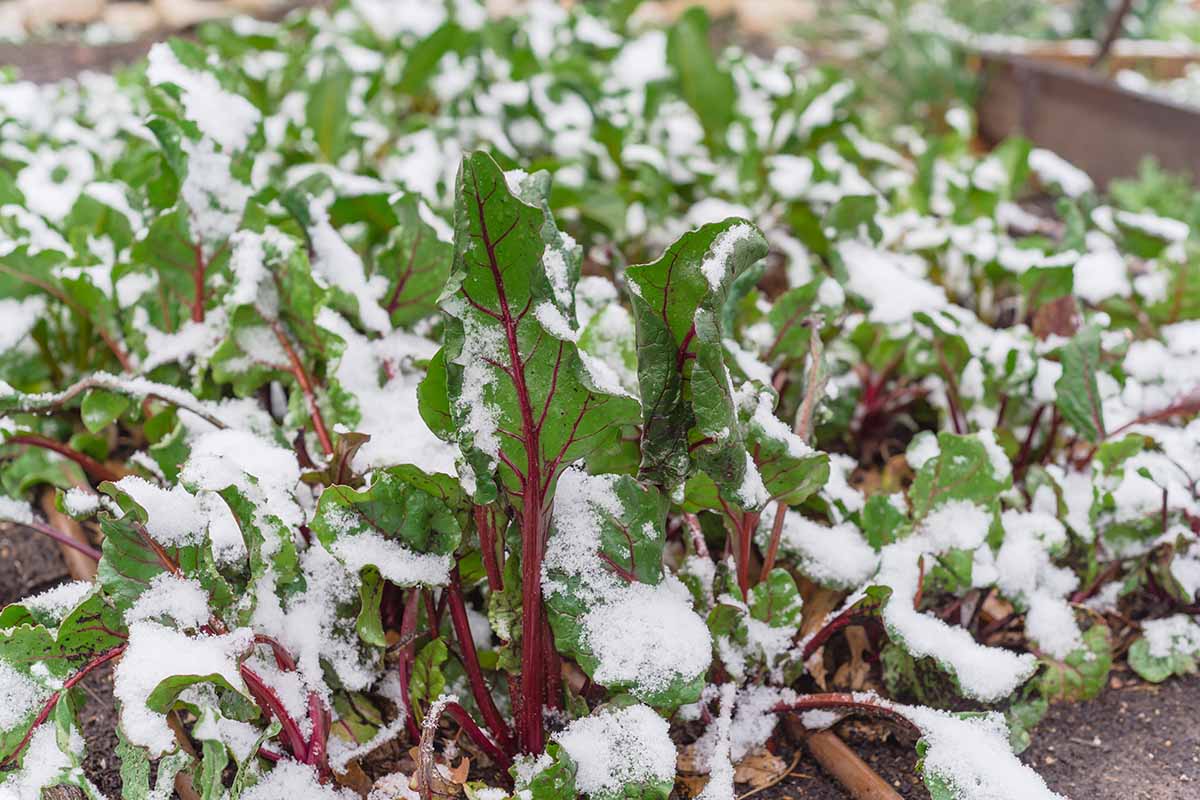
That’s why you can plant the same turnip cultivar one year and it’s sweet, but it may be more mild and less tasty the following year. Soil quality, water, and nutritional resources can also cause this reaction.
Some species do this more readily than others, as do some cultivars. Essentially, this means some plants do a better job than others of creating sugar to protect themselves from adverse conditions and shore up their defenses.
While we’re talking about flavor, there are two things that contribute significantly to the flavor of the root besides sugar.
Beets contain an organic compound called geosmin which imparts that earthy flavor that people love (and love to hate).
They also contain betalain, which contributes flavor and the characteristic red coloring. We’ll talk more about that in just a bit.
The Sweetest Cultivars
Beets can naturally vary, containing between eight and 20 percent sugar. They have the highest sugar content of any vegetable.
That’s why we use sugar beets to magically transform the sugars in the root into the granular stuff we use in baking.
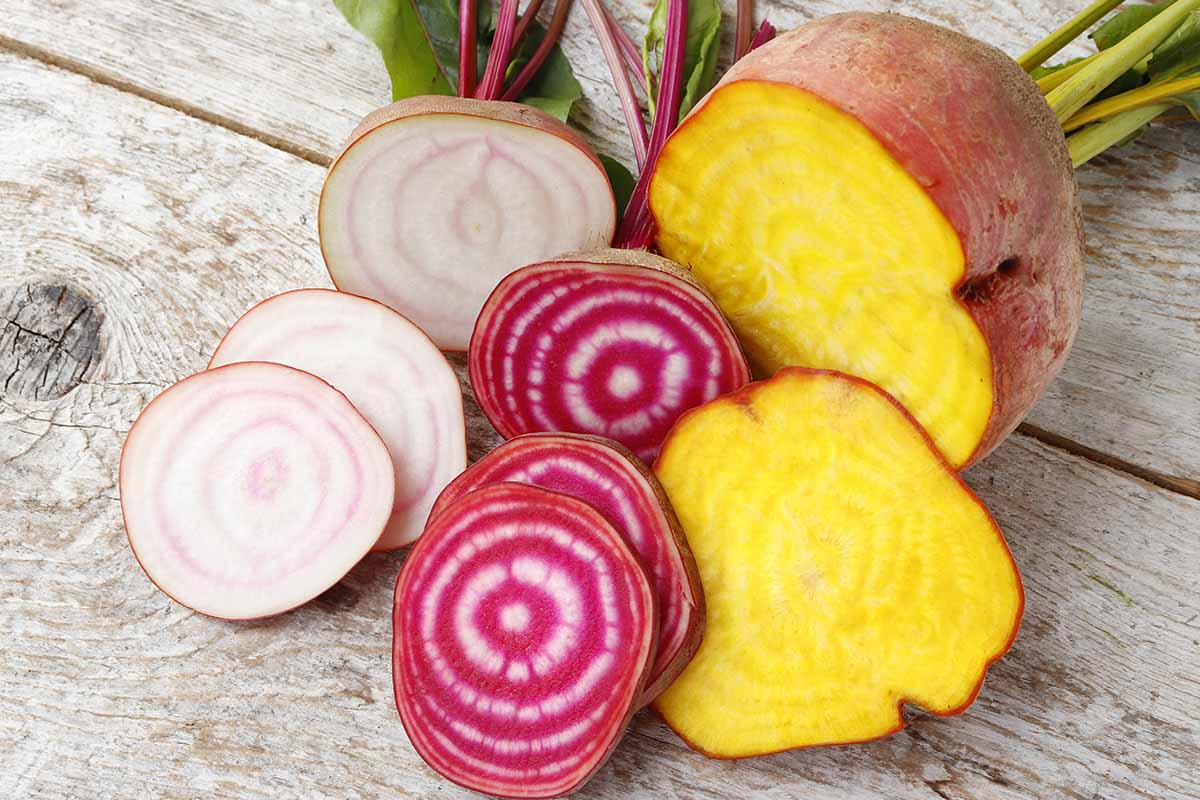
Yellow, pink, and white varieties lack the complex flavor of red ones.
While they don’t always contain more sucrose, it tastes like they do because the flavor is more straightforward, without the earthiness of red beets.
That’s because they lack betalain, the bioactive compound that gives the roots their pink and blood-red coloring as well as imparting flavor.
If sweetness is your goal, choose cultivars that lack the red color. Or, try one of these sweeties:
Cylindra
‘Cylindra’ doesn’t look like your usual beet. It’s long and slender, almost like a stumpy, eight-inch-long red carrot.
The shape, along with its easy-slicing texture, makes this cultivar perfect if you like to can your homegrown veggies. It has even earned the nickname “Butter Slicer” for its tender slicing nature.
This Danish heirloom is resistant to scab and Cercospora.
Bring home a packet, ounce, quarter-pound, or pound of seeds from Eden Brothers.
Early Blood Turnip
Despite its rosy pinkish-red skin, the inside of ‘Early Blood Turnip’ is a deep, dark crimson that bleeds out of the flesh when sliced.
This heirloom, one of the oldest cultivars you can find, is sugary sweet and extremely crisp, with an all-purpose four-inch root.
Merlin
The dark green foliage on this magical beet is so pretty it’s practically ornamental. But underneath the ground grow plump, deep red roots about three inches in diameter.
‘Merlin’ has a high sugar content but it also retains the rich, earthy flavor that makes these veggies so marvelous.
It’s also resistant to fungal diseases, and the smooth skin is easy to work with, in addition to looking nice in a basket. There’s lots to love about ‘Merlin.’
Bring home 300 hybrid seeds from Burpee.
Touchstone
If you have a hard time wrapping your taste buds around the earthy flavor of red beets, golden ‘Touchstone’ may just be the thing for you.
It’s exceptionally sweet without the controversial complexity of other cultivars.
Botanical Interests sells 750-milligram packets of seeds.
Vereduna Alba
There’s hardly any betalain in this snow-white variety, so you can enjoy the sugary purity without the earthy undertones.
The tender flesh of the three-inch roots are equally delicious when enjoyed raw, cooked, or pickled. And this heirloom plant is Cerscospora resistant.
High Mowing Seeds has lots of options available with seeds in a variety of package sizes if you’re interested in growing this one.
What Makes Beets Less Sweet?
Water stress will result in a tougher, more bitter root. In many species of vegetables, fructose, sucrose, and glucose are decreased in response to a lack of moisture.
But other plants, like apples and peaches, actually become sweeter with a bit of drought.
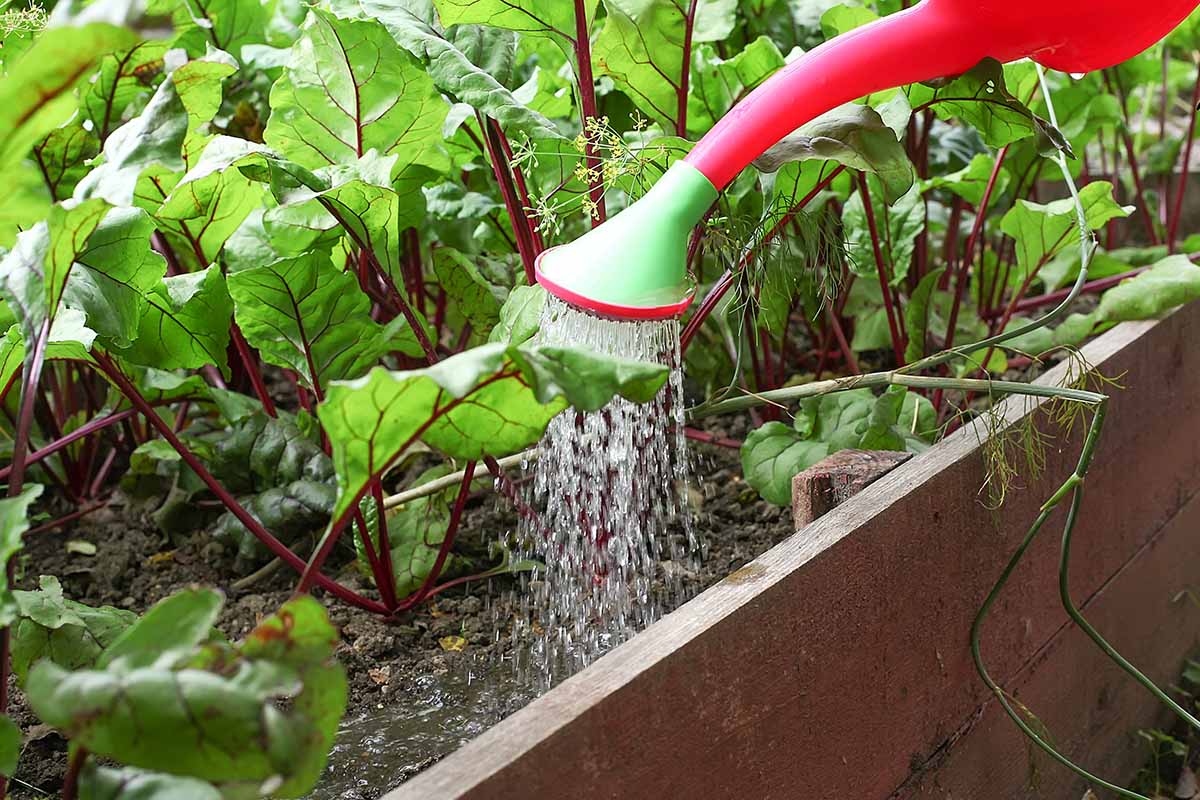
Try to ensure your plants receive consistent and appropriate moisture for the best flavor. As a bonus, the roots will be more tender as well.
Soil that has too little organic matter and too much chemical fertilizer causes beets to be less sweet. These vegetables need lots of boron, though, so it’s not like you can just skip feeding.
So, what should you do to ensure a tasty crop? Let’s take a look.
How to Grow Sweeter Beets
Beyond picking the right cultivar and avoiding the pitfalls described above, there are things you can do to influence the flavor of your crop.
The roots typically mature in about 50 to 60 days. If you can plant and grow them to maturity before temperatures climb above 65°F, they’ll be sweeter than if the weather is warmer.
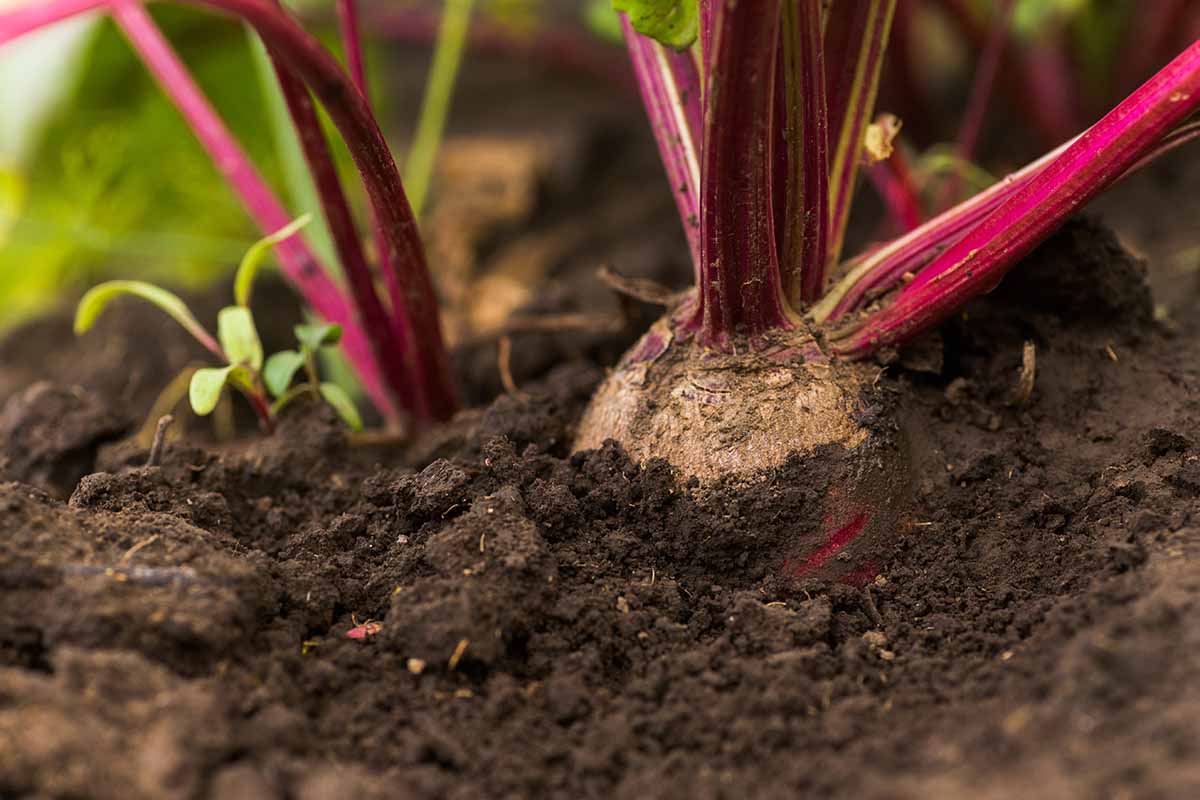
Since poor soil can impact the texture and flavor of the roots, making them hard and bitter, it stands to reason that better soil will impact the roots in a more positive direction. Rich soil is more likely to help you grow sweet, tender beets.
You should also avoid using commercial fertilizer, if possible. The first step is to test your soil to determine what it needs.
Sometimes, gardeners will add food to the soil when it doesn’t need it or when it only needs a few specific elements. Rather than taking the feed-no-matter-what approach, test your soil first.
It’s easy, and it’s affordable. Plus, it will help you grow better plants, regardless of what you’re growing. You can pick up soil testing kits or, my personal preference, you can reach out to your local extension and they can help you through the process.
I like working with my local extension because they know my climate and understand the general growing environment, so they can help to shed some light on the specific needs of my garden.
Once you know what your soil needs, try to add it using organic fertilizer. If you need something general, look for a mild food aimed at producing vegetables.
Down To Earth makes an excellent line of all-natural fertilizers using ingredients such as fish bones, alfalfa, feathers, and kelp meal, sold in compostable containers.
Down to Earth Vegetable Garden Fertilizer
Their vegetable mix has an NPK of 4-4-4, which is just right for your average veggie garden. You can bring home one, five, or 15 pounds from Arbico Organics.
Remember that boron is essential for growing tasty beets. It’s not necessary to give them lots and lots of boron, but you need to ensure that the boron that is present is available to them.
The plants can’t use boron in soil that is too alkaline or if they don’t receive enough moisture. A pH of around 6.0 to 6.8 is best.
Typically, fall beets are sweeter than spring ones because they grow through a longer period of cooler weather, with a concentration of chillier temperatures towards the end of the growing cycle, which is the most important time.
So, plant in the fall as late as you dare for sweeter roots. Beets are totally fine in a light freeze, but once the soil freezes completely, it can cause bolting. Or, it might simply be impossible to get the roots out of the ground.
The general rule is to plant six weeks before the first predicted frost date. Most of the time, I find you can plant several weeks after that and still be fine, depending on how quickly the weather changes and how cold it gets in your region.
In mild climates, gardeners can grow beets all winter long. In colder climates, you might need to grow yours in a cold frame if you want January veggies.
Speaking of winter, there’s a practice known as chill sweetening in which you plant your crops a few weeks before the first frost and then you leave them there over the winter. This causes even more of the starches to convert to sugar and, come spring, you’ll be enjoying some sugary joy.
The greens will probably die back, but once you can work the soil in the spring, you’ll find extremely sweet roots.
Finally, younger roots tend to be sweeter. Pick them when they’re not quite fully mature, about a week before the typical maturity date.
Enjoy the Sweet Rewards
Once you’ve selected a cultivar with lots of sweetness, and you’ve planted it and harvested it at the right time, there’s one more thing you can do to enhance the sweetness of your beets.
Roast them! Roasting brings out all that sweetness even more.

How do you like to use your beets? Do you pickle them? Roast them? Shave them into salad? Share with us in the comments.
Of course, trying to develop the flavor you prefer isn’t the only important part of growing beets, right? We have lots of other guides that can help you grow the best roots of your life, including:
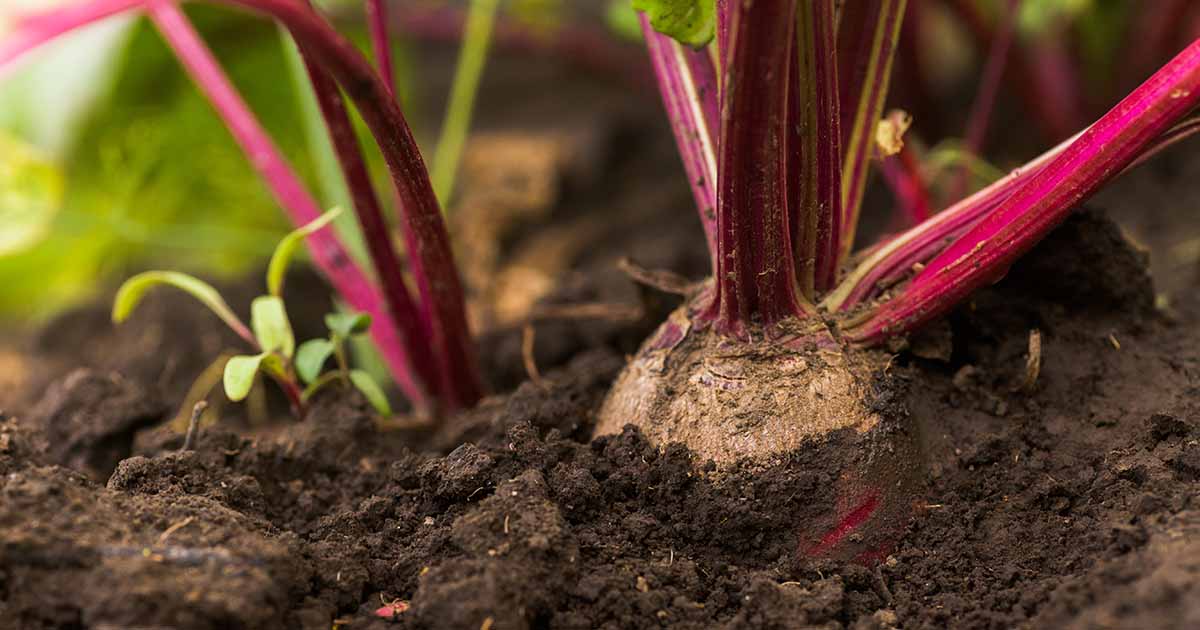
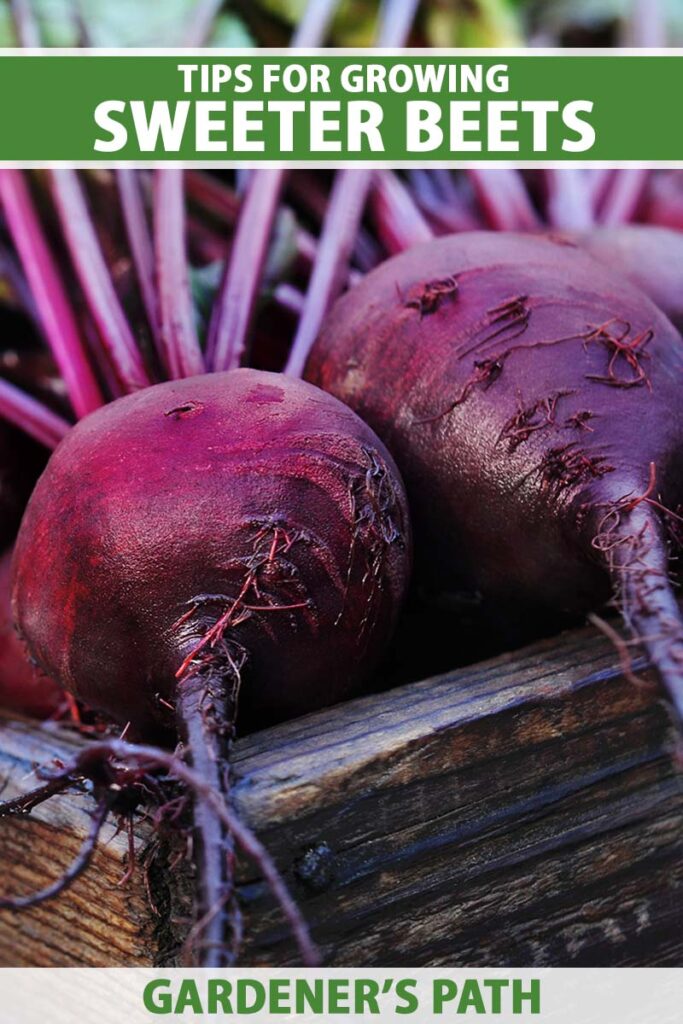

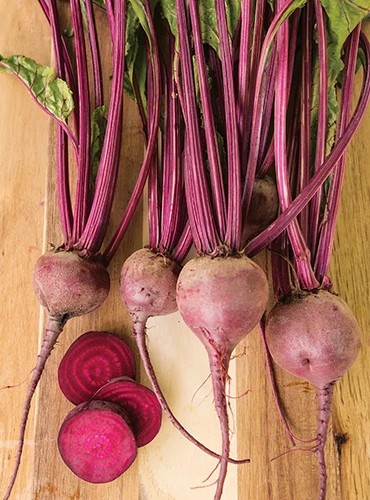
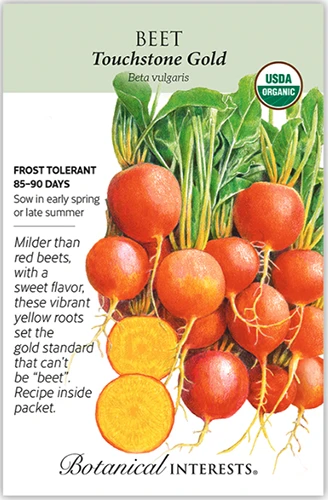

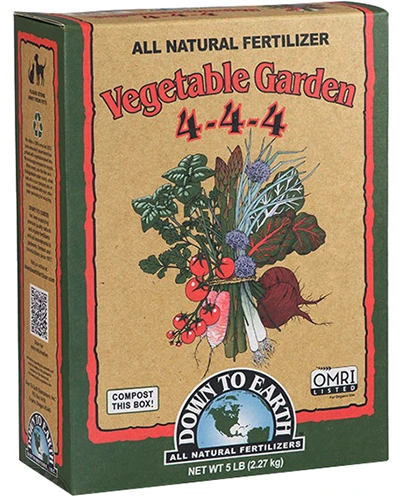

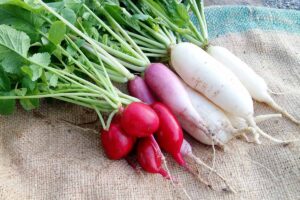

Thanks for the tips, I love beets and can’t wait to try out your techniques!
Thanks for reading!